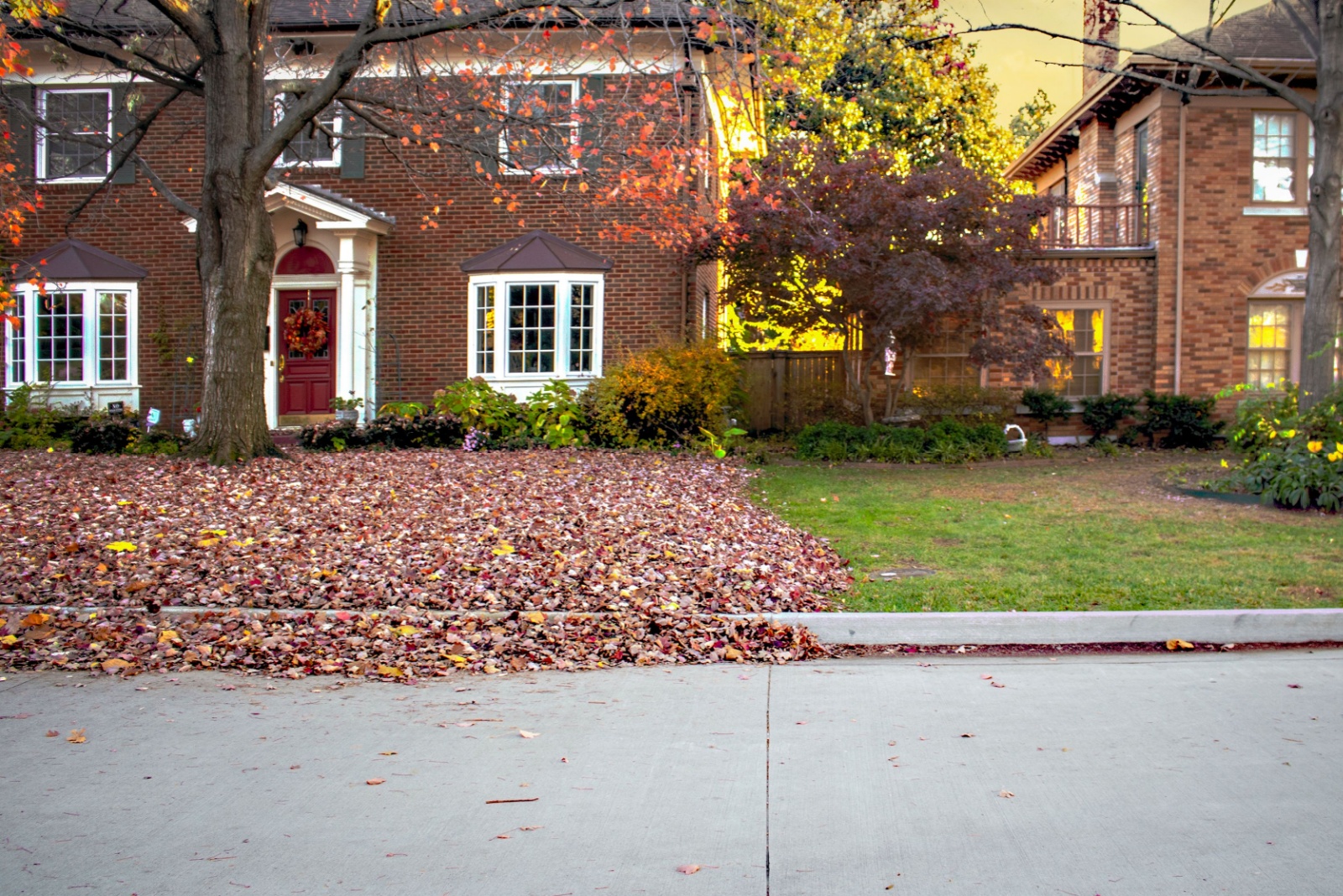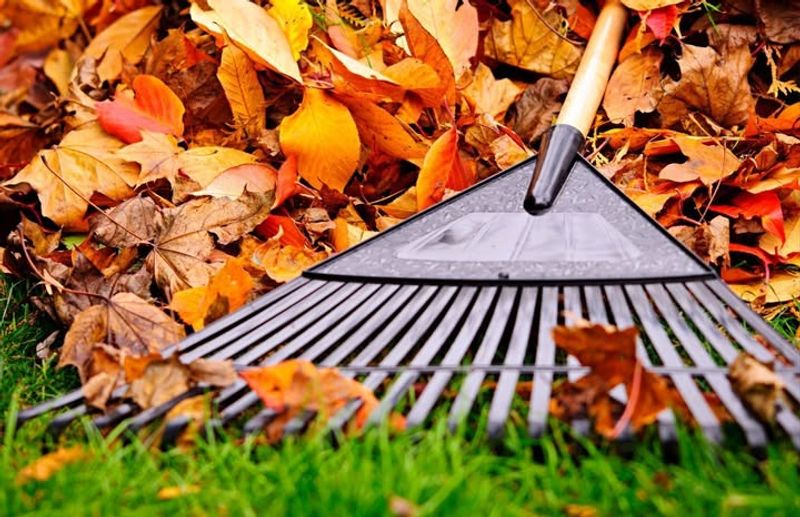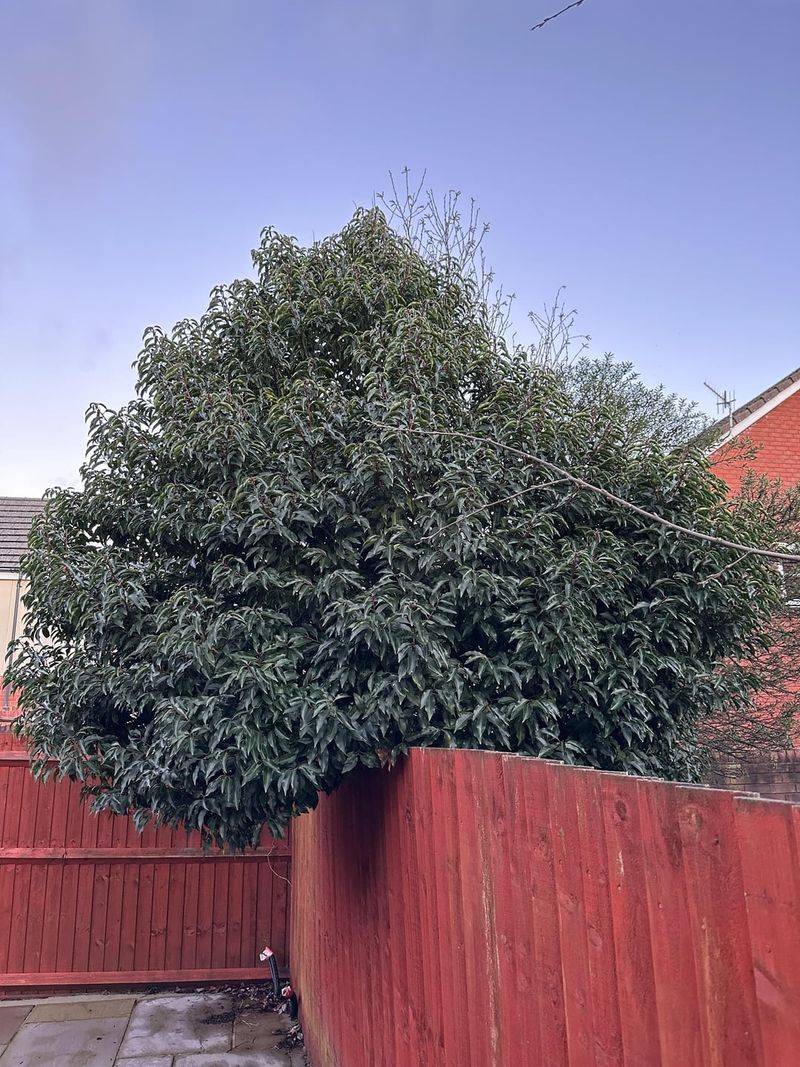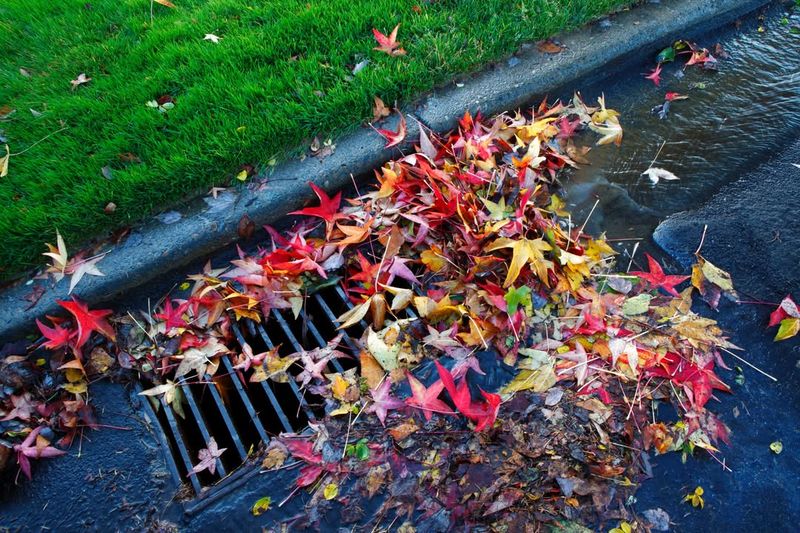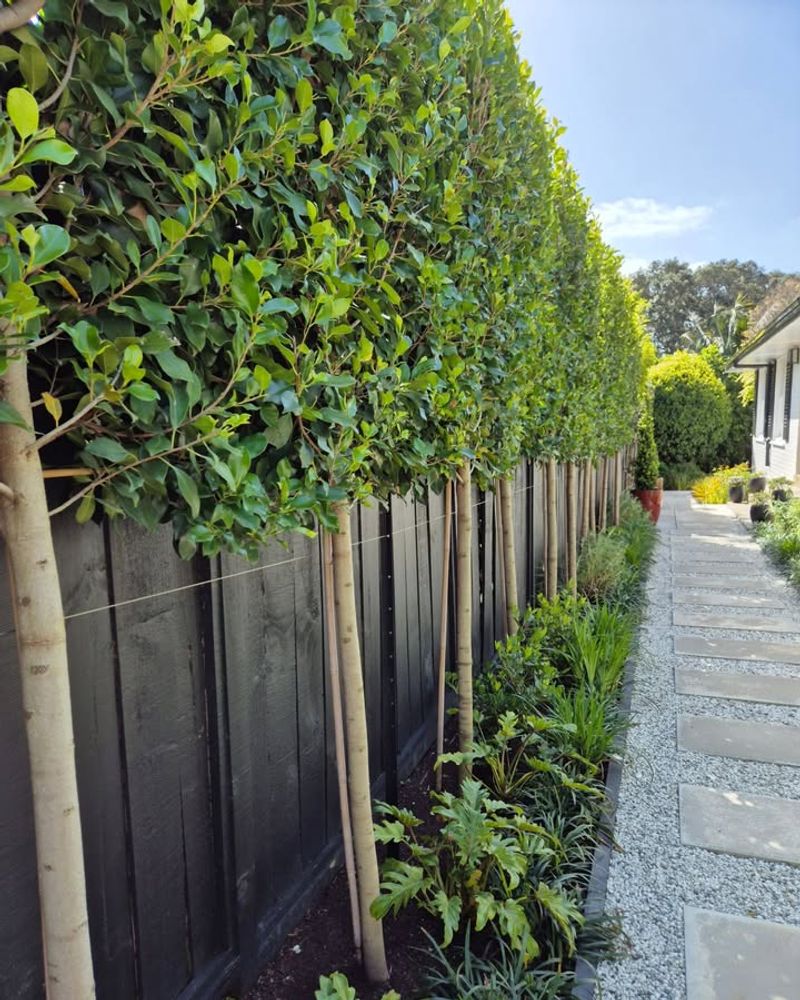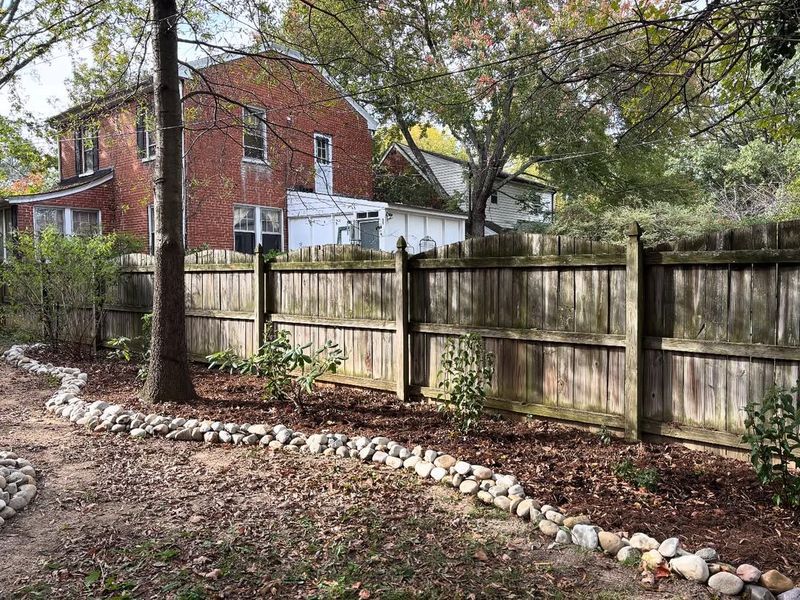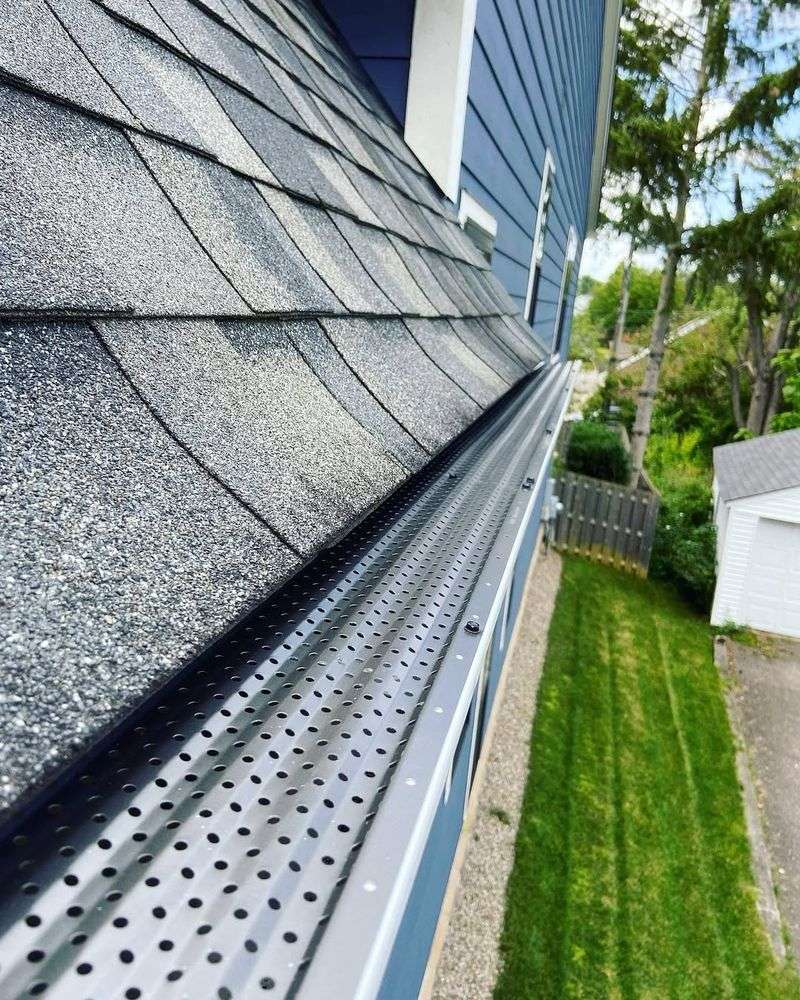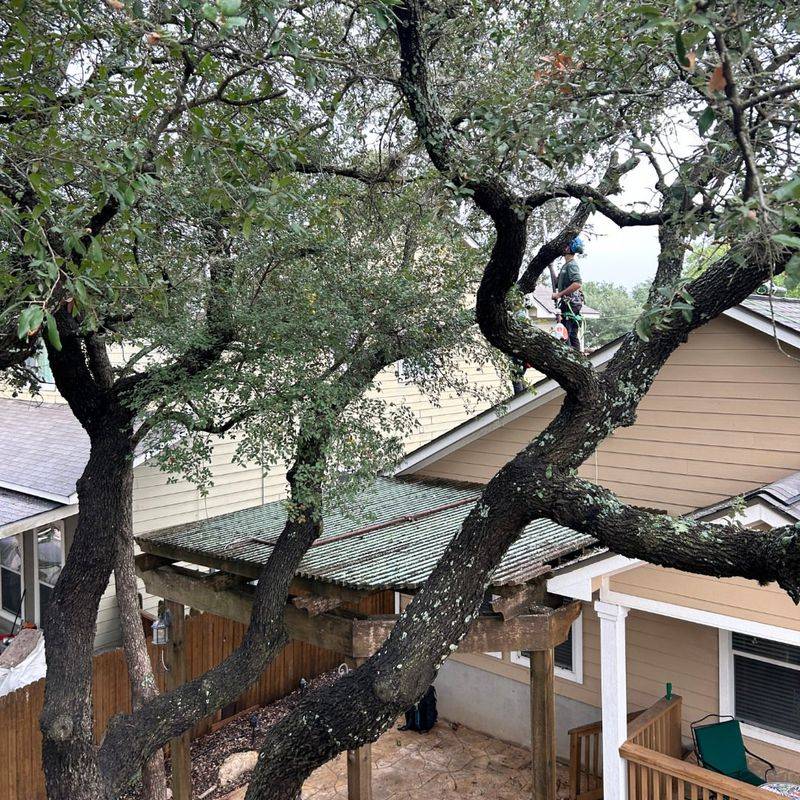Nebraska fall weather brings beautiful colors—and plenty of yard work. When leaves from the neighbor’s tree blow into your yard, the cleanup can feel unfair.
But state property rules make the responsibility surprisingly straightforward: the mess is yours, even if the tree isn’t.
1. Property Owners Clean Their Own Yards
Nebraska law generally follows the rule that property owners must clean up whatever lands on their property, including leaves from neighboring trees. Even if branches hang over your fence line and drop leaves into your space, you’re typically responsible for raking them up.
Courts usually view this as part of normal property maintenance. Most judges consider falling leaves a natural occurrence rather than damage caused by negligence, which means your neighbor isn’t legally obligated to help with cleanup efforts in your yard.
2. Overhanging Branches And Your Rights
You have the legal right to trim branches that extend over your Nebraska property line, as long as you don’t damage the tree’s health or stability. This applies to trees rooted in your neighbor’s yard but reaching into your airspace.
However, you must be careful not to kill or seriously harm the tree during trimming. Any branches you cut remain your neighbor’s property technically, so it’s polite to offer them back. Always consider talking to your neighbor before taking action to avoid creating bad feelings between you.
3. When Trees Become A Nuisance
A tree might be considered a legal nuisance if it causes actual Nebraska property damage beyond just dropping leaves. Clogged gutters that lead to roof damage or roots cracking your foundation could qualify as actionable problems.
Simply having lots of leaves fall into your yard usually doesn’t meet the legal definition of nuisance. You would need to prove that the tree causes unreasonable interference with your property use. Documentation with photos and repair estimates helps if you decide to pursue legal action against a neighbor.
4. Communication Prevents Conflicts
Talking with your neighbor before problems escalate can prevent legal battles and preserve your relationship. Many people don’t realize their trees are causing issues until someone mentions it kindly.
Approach the conversation with a friendly attitude rather than accusations. Perhaps suggest splitting the cost of tree trimming or offer to help with maintenance. Good neighbors often reach compromises that work better than any court order. Written agreements about tree care responsibilities can provide clarity and prevent future misunderstandings between Nebraska property owners.
5. City Ordinances May Apply
Some Nebraska cities have specific ordinances about tree maintenance and property upkeep that could affect your situation. Local regulations might require property owners to keep trees trimmed or maintain their yards to certain standards.
Check with your city’s code enforcement office to learn about rules in your area. Homeowner associations often have additional requirements about landscaping and tree care. Violating these rules could result in fines, so understanding local laws protects you from unexpected penalties while giving you leverage if neighbors aren’t maintaining their trees properly.
6. Preventing Leaf Problems Proactively
Installing gutter guards can reduce how often you need to clean leaves from your roof drainage system. Strategic placement of mulch beds or ground covers in areas where leaves collect makes cleanup easier and faster.
Leaf blowers work more efficiently than rakes for large quantities of fallen foliage. Consider composting leaves rather than bagging them, turning a nuisance into nutrient-rich soil for gardens. Prevention strategies save time and frustration throughout autumn months when leaves fall most heavily from deciduous trees in Nebraska neighborhoods.
7. Documentation Helps Your Case
If you believe a neighbor’s tree is causing significant problems, keep detailed records of the issues. Take photos showing leaf accumulation, damage to your property, and the tree’s location relative to property lines.
Save receipts for cleaning services or repairs needed because of the tree. Written communication with your neighbor about the problem creates a paper trail. Should you need to involve mediation services or small claims court, this documentation proves your claims and shows you attempted reasonable solutions before taking legal steps.

